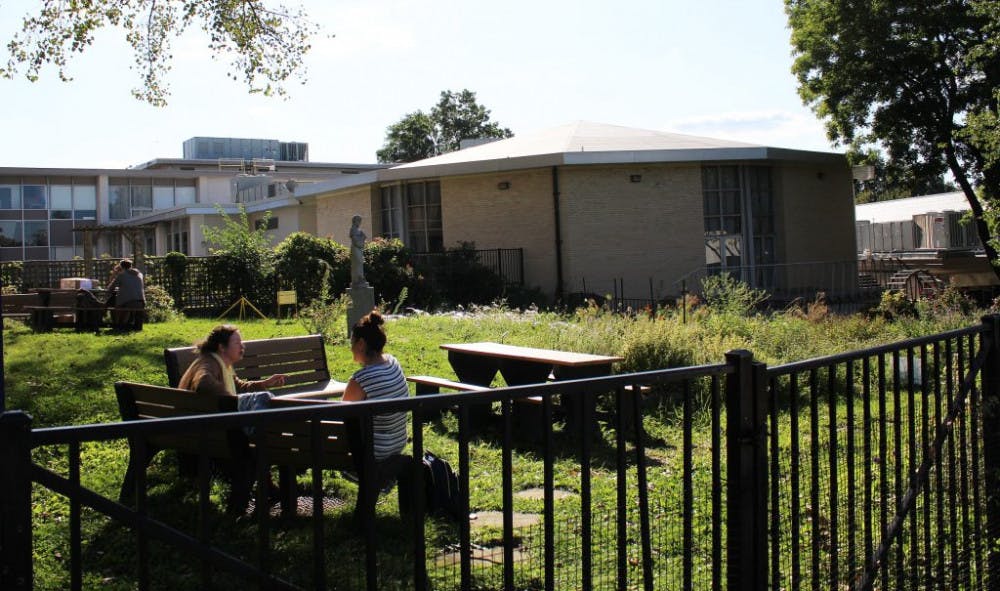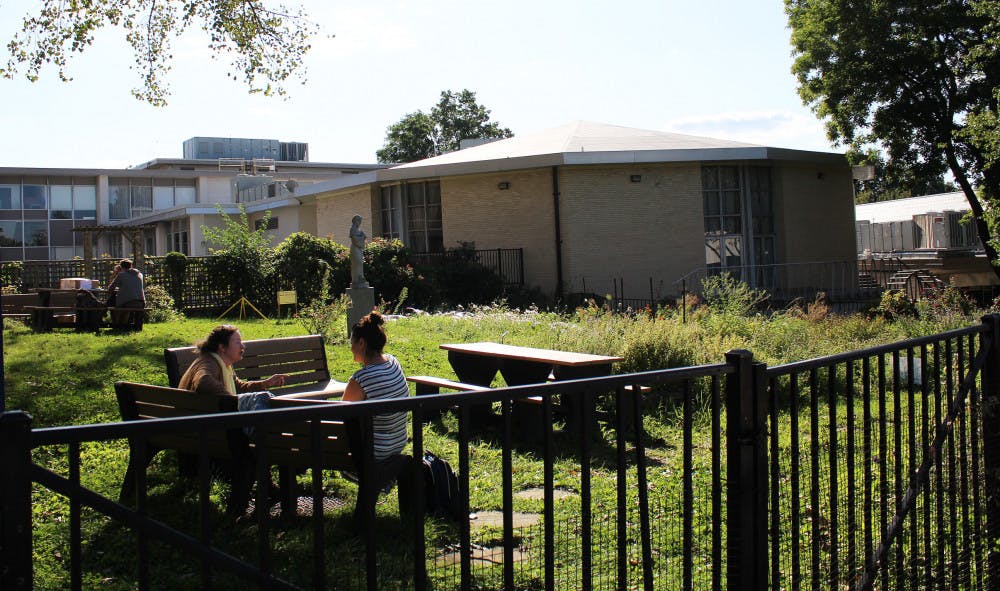While trees are usually not given much attention, the importance of having enough healthy trees cannot be understated. The Village of South Orange Environmental Commission and Seton Hall University’s Environmental Studies Program are collaborating to create an inventory of trees in South Orange. The Tree Identification and Inventory Project, or TIIP, hopes to determine the current state of the South Orange tree population as well as determine if and where tree maintenance is needed. The purpose of the project is to identify the types of trees in the area to see which species are invasive as well as to assess the health of the trees and their usage.

The program uses online software referred to as the Tree Plotter software to keep track of all of the documented trees. The software shows the organizations and businesses in South Orange that surround Seton Hall University. When you select an organization, the software shows how many trees are on their property.
Environmental studies professor Wanda Knapik said, “students previously created an inventory of trees on campus in 2018 and housed the data in the Tree Plotter software.”
When this inventory was created, there were 950 trees documented on campus. This year, the inventory was expanded to include all of the public trees in the Village of South Orange instead of just the trees on campus. Students began entering the tree data into the Tree Plotter software in 2019. Currently, there are an estimated 10,000 to 15,000 public trees in the Village of South Orange.
Students in the Environmental Studies Program are heavily involved in the groundwork of this project.
Emilie Wagchers, an environmental studies major, was one of the students who participated in this program. “We went out into the town and assessed how well the trees were doing,” Emilie said. “It was interesting to learn about what factors can damage as tree as well as what goes into caring for them. A lot of trees are unhealthy and mistreated but it’s the kind of thing that you don’t really notice unless you have to.”
“Personally I had an amazing experience getting to work with other students as a team and making a direct impact on the cataloging of the public trees in South Orange,” Oscar Solis, another environmental studies major said. “The tree inventory project is not just to take inventory on public trees but also its job is to raise awareness on the importance of trees and their role in our everyday lives that some take for granted which is why I think this project is just so important.”
The program is in collaboration with students like Emilie and elected officials from the South Orange Village Environmental Commission like Bill Haskins, Barbara Bour, and Walter Clarke.
“I hope this tree inventory becomes a living document that the Environmental Commission and Public Works department can use to manage and improve our suburban forest and keep it healthy and productive,” Walter Clarke, chair of the Public Works and Utilities Standing committee said.
“This inventory will allow us to report the very real financial benefits of our trees to the public and to the village government to facilitate budgeting, support, and general appreciation.”
Meagan Ford can be reached at meagan.ford@student.shu.edu





